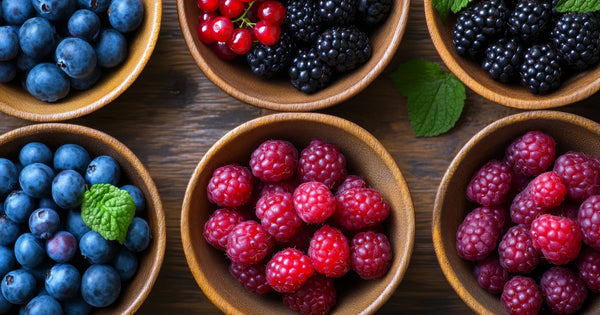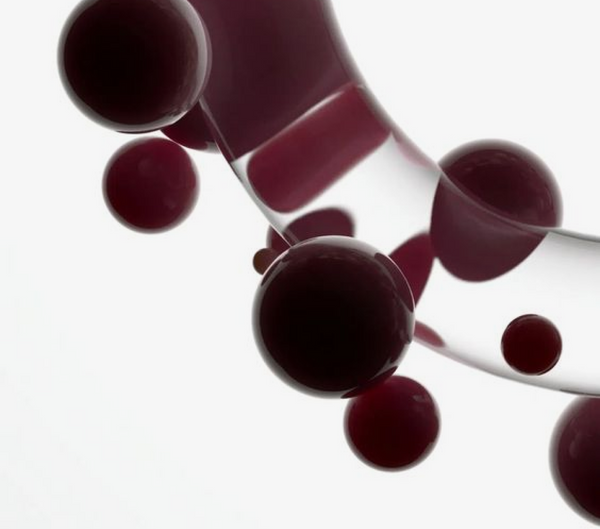Alicia Wood from the Lush List shares what she has learned in her own research:
“One of the reasons I started The Lush List was to share information. I love learning new things and passing along what I’ve learned. It’s been a while since I wrote about Clean Beauty and Non-Toxic Skin Care so thought I’d answer the most common questions readers and friends have asked: Why is Clean Beauty important? Why should I care? How do I know a product is safe?”
Why is Clean Beauty Important?
The US has not passed a law regulation personal care products since 1938. Since then, more than 80,000 chemicals have been introduced into products on store shelves. Only 10% of these have been tested for human safety. The FDA allows chemicals known to cause cancer including parabens, phalates, formaldehyde, lead and more to be used in products we use on ourselves and our families each day. The very product that is intended to “clean” or “beautify” can make you toxic and actually harm your health.
No wonder research shows that 1 in 2 men will be diagnosed with cancer and 1 in 3 women. Rates of Asthma, ADD/ADHD, Allergies and Austism are on the rise as well. While it is impossible to peg the escalating incidence of serious health issues to any one thing, research indicates that toxic chemicals play a role. Exposure to “environmental toxins” happens through our physical environment (houses, workplaces, schools, and parks); food and water; and our cleaning products, our furniture, and our cosmetics.
Why Should I Care? Because Small Doses Add Up!
For many chemicals, a single exposure is unlikely to cause serious harm, but over time, small doses add up. The lipstick we wear, the food we eat, and the soap we use often contain harmful chemicals can enter our bodies, hide away in our bones or fat, and build up over time. To make matters even more complicated, some chemicals can be more harmful in combination with other chemicals. The impacts of these chemicals may not be apparent for years.
One statistic that got me was that were on average 13 hormone-altering cosmetic chemicals in the bodies of teenage girls.With 3 girls of my own, that stands out to me…not to mention that my addiction to lip gloss and mascara began at 12!
Not all chemicals are bad (water, after all, is a chemical), but some chemicals are toxic, and even tiny doses can be incredibly potent. Chemicals that disrupt the endocrine (or hormone) system are most dangerous in small doses, as they mimic the way our bodies naturally interact with hormones. And when our bodies are undergoing certain periods of development (in the womb, during infancy, puberty), we are more susceptible to hormone disruption, which can have big health effects later in life.
How do I know if a product is safe/non-toxic? Find companies you can trust.
European countries have much more strict regulations, as does Canada. There are several US-based companies that are making clean, non-toxic products and ban even more than the 1,400 ingredients banned in those countries.
When I am purchasing a new product from toothpaste or laundry detergent to shampoo or nail polish, I use the Environmental Working Group website. EWG created the Skin Deep Database that includes information on more than 61,000 products and rates them for safety.
For me and my family, I choose products in the Green rating zone (a 0-2 rating). There are times when a product with a rating in the higher rating zone of yellow (3-6). Those may have an ingredient that is an allergen such as citrus that I know my family is not allergic to (thankfully, because there are many others!). This website also allows you to create a report on a product not in their database. I love this feature and use it often. Especially when a beauty company sends me a new product to review. I hope you’ll use this website to check your own products.
Now, it is all about reducing your toxic load.
{Content originally published at The Lush List}
The post Why Is Clean Beauty Important? appeared first on Juice Beauty Blog.


